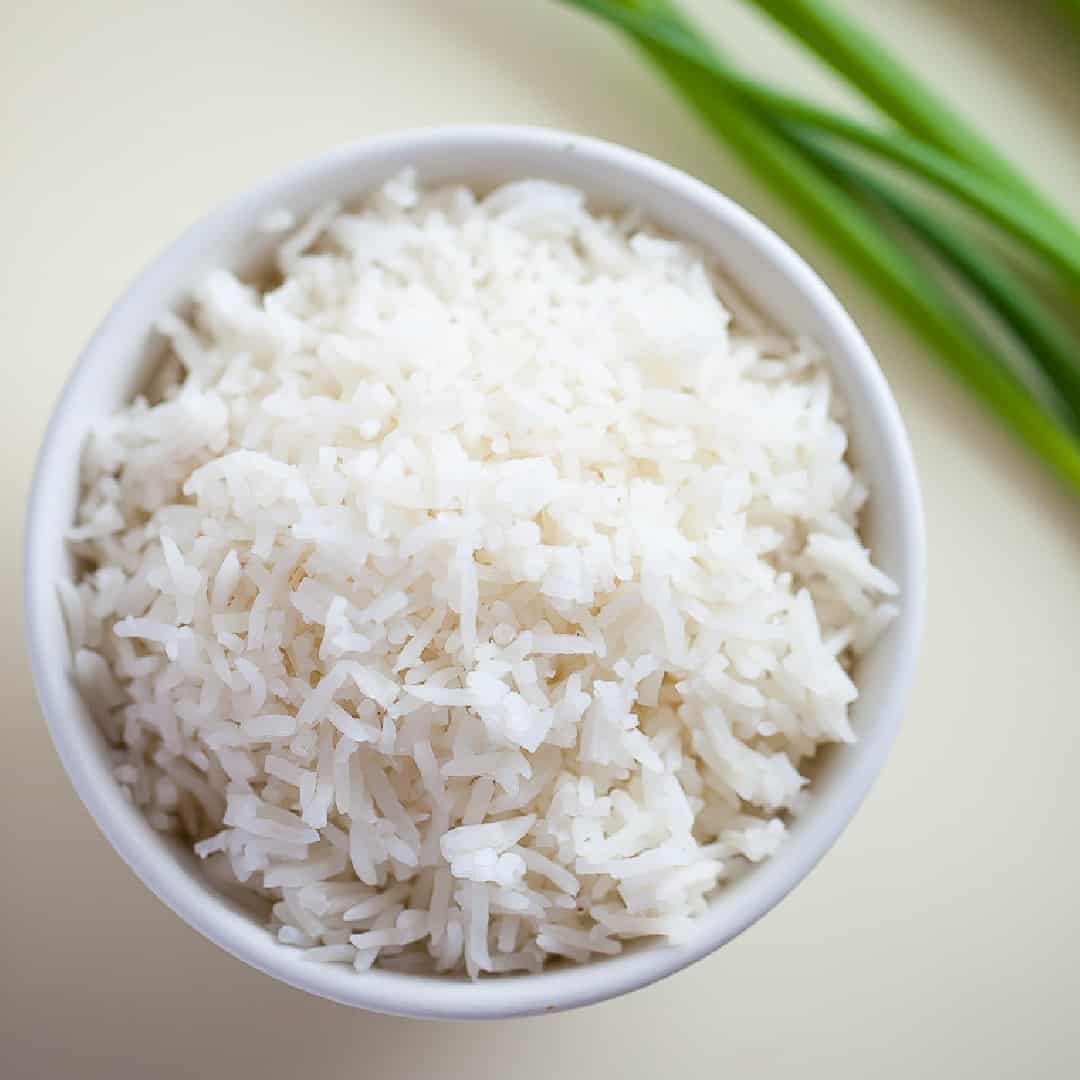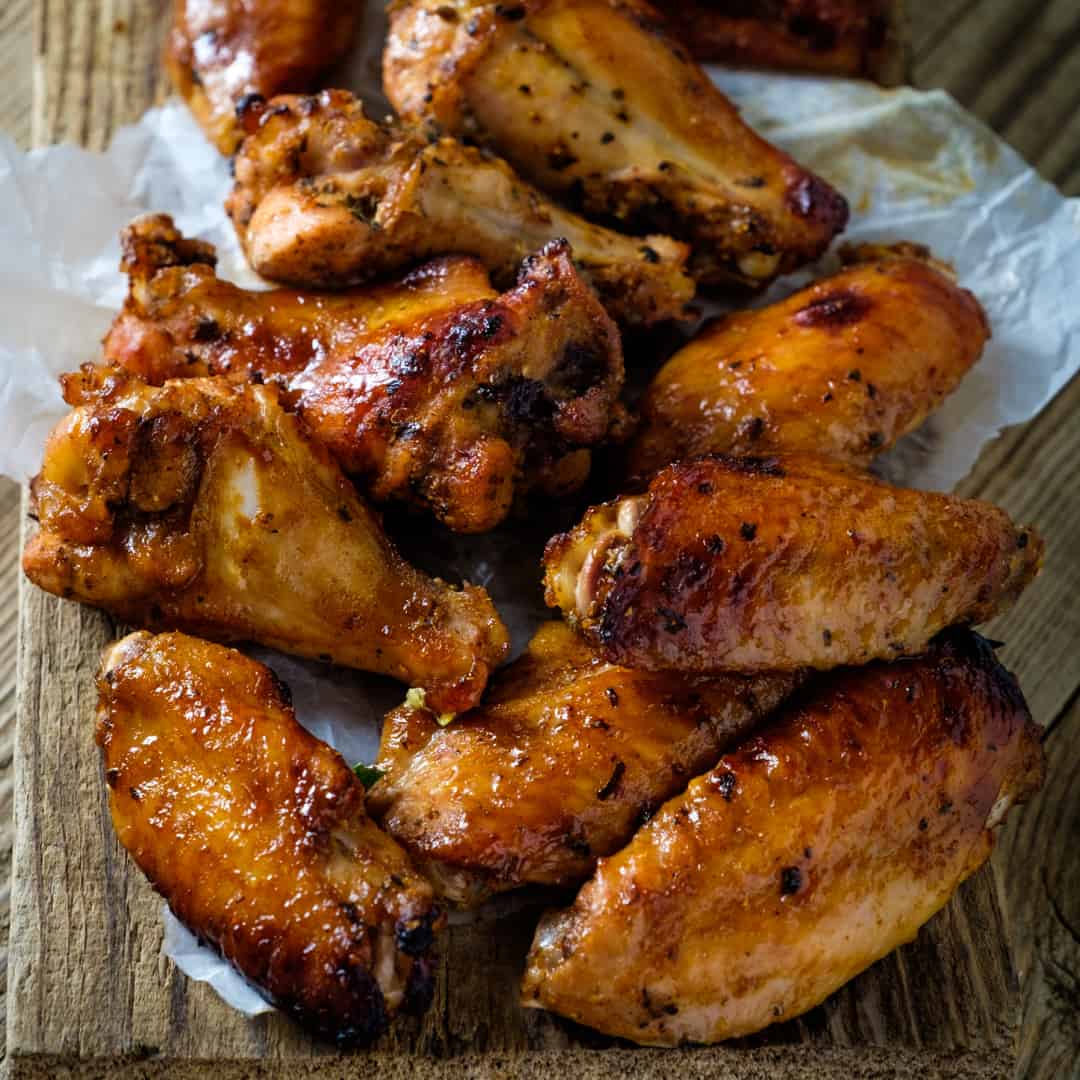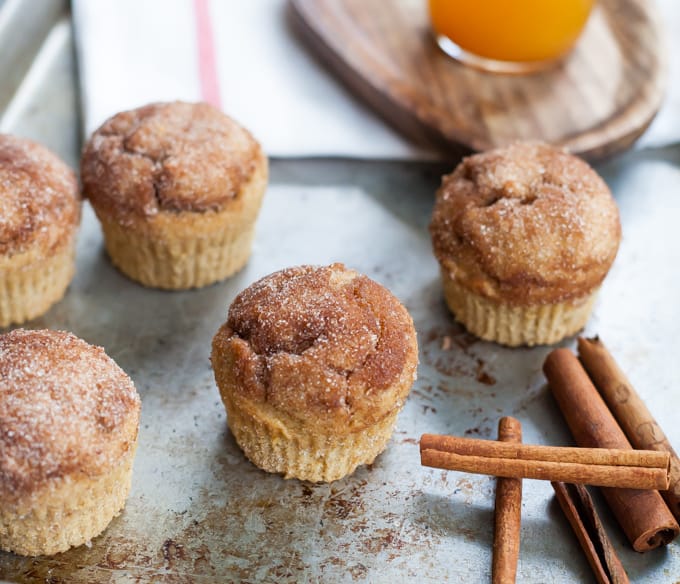Sous Vide Duck Legs
Looking for a foolproof way to cook Duck Legs? Sous vide is the answer! This cooking method uses a temperature-controlled water bath, which produces perfectly cooked Sous Vide Duck Legs every time!
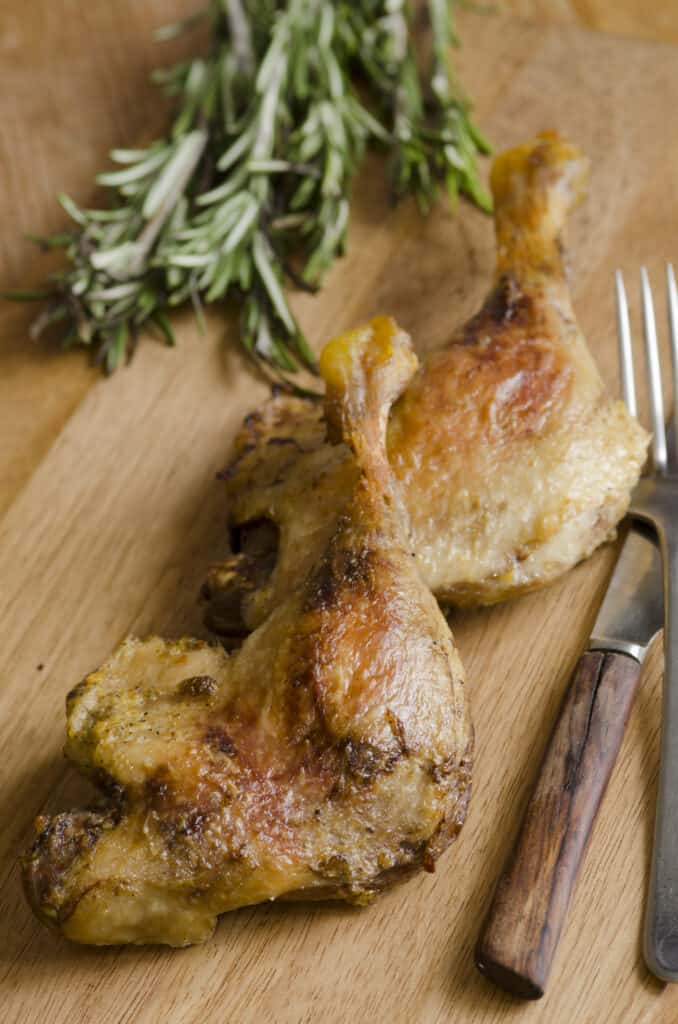
When the holiday season is upon us, duck is a meat that is enjoyed often. While whole duck or duck breast usually takes center stage for holidays like Thanksgiving or Christmas, enjoying a perfectly cooked duck leg is always a good idea!
Sous vide is a French cooking term that means “under vacuum.” This method of cooking food involves sealing it in a plastic bag and then cooking it in a water bath that is set to a specific temperature. This ensures that the food cooks evenly and remains moist.
There are many benefits to cooking sous vide, but the main benefit is that it allows you to achieve perfectly cooked food every time. You know how frustrating it can be if you’ve ever overcooked or undercooked meat. With sous vide, you can cook the meat to your desired level of doneness without having to worry about it being overcooked or undercooked.
If you’re ready to learn how to sous vide duck legs, read on!
🦆What You’ll Need
- Duck Legs – You can find duck legs at your local grocery store or butcher, especially during the holidays. They can also be found in the frozen meat section.
- Seasonings – The options for how to season duck legs are endless. You can use your favorite seasoning blend or a simple mix of garlic, salt, and garlic powder.
Equipment
- Immersion Circulator – The best immersion circulator is by Anova because it’s top-of-the-line quality and has a great app that connects with your phone. You can also use a budget-friendly brand such as the SAKI or InkBird brand.
- Vacuum Sealer – Use any basic vacuum sealer with your sous vide. You can also use these sous vide bags with hand pump for about $15.
- Vacuum Sealer Bags – Purchase a set of different sizes for ease and variety.
- Large Pot or Sous Vide Container – If you’re cooking a lot with the sous vide, it’s helpful to have a container that’s perfectly sized to hold the immersion circulator and the food its cooking. Otherwise, you can use a large pot or heat-safe container.
- Sous Vide Clips or Sous Vide Weights – These accessories are made to keep the food submerged in the water while it cooks to make sure it cooks evenly. You can purchase these or use a heavy kitchen utensil and binder clips.
Check out The Best Sous Vide Accessories for a perfect cooking experience!
💧Water Displacement Method
Don’t have a vacuum sealer? The water displacement method works by using the principle of Archimedes, which states that a body submerged in water is buoyed up by force equal to the weight of the water displaced by the body.
This means that the heat of the surrounding water cooks the food in the sealed bag without coming into direct contact with the water. This cooking method is often used to cook delicate foods such as fish, eggs, and vegetables. You can use the water displacement method to properly secure your fish for sous vide using the following steps:
- Place your food in a Ziploc freezer bag, making sure to get as much air as possible.
- Seal the bag most of the way leaving a small opening at the end to let air escape.
- Submerge in the water letting the air come up to the top using the pressure of the water.
- Once the bag is submerged up to the seal, close it fully before fully submerging into the water.
🫕How To Sous Vide Duck Legs
Prepare the water bath: Add water to a large pot or sous vide container that is large enough to fully submerge the duck legs without spilling over. Set the immersion circulator to your desired temperature (see chart below).
Season the duck legs: Pat the duck legs dry with a paper towel. Season the duck legs with your desired dried seasonings.
Vacuum seal the duck legs: Place the seasoned duck legs in a vacuum-sealed bag making sure to get as much air out as possible before sealing. You can also use the water displacement method (see below).
Cook sous vide: Submerge the vacuum-sealed bag of duck legs in the sous vide water bath. Clip the bag to the side of the pot or container making sure it doesn’t touch the bottom or sides. Cook for the desired amount of time.
Finish sous vide: When the duck legs are done cooking, remove them from the water bath and place them on a plate or cutting board. Allow them to rest for a few minutes before patting dry with a paper towel and using your favorite finishing method.
⏲️Best Time and Temperature To Sous Vide Duck Legs
The best time and temperature to sous vide duck legs will depend on how you like the texture of your meat. If you use a finishing method, you’ll want to cook at 165F. You can sous vide duck legs anywhere from 6 hours to 24 hours. You may need more cooking time if cooking the duck legs and thighs together. Use a kitchen thermometer to ensure your preferred temperature.
- Medium – 150F for 8 hours (meat is moist and juicy and slightly pink)
- Medium Well – 165F for 8 hours (moist and tender meat that’s perfect for finishing)
- Well Done – 170F for 8 hours (similar to the texture of roasted chicken or turkey)
🔥Finishing
There are 3 ways to finish your duck legs after it has been cooked sous vide to get crispy skin. Remember that duck legs can be extremely delicate after cooking with all of its moisture so handle your duck carefully to prevent it from breaking.
- Broiling – Place duck legs on a greased baking sheet and broil for about three minutes per side or until crisp and slightly charred.
- Air Fryer – Place duck legs in the air fryer and cook at 400F for about five minutes or until crisp.
- Cast Iron Skillet – Place duck legs in a heavy-bottomed skillet with a bit of oil over medium-high heat. Cook for about two minutes per side or until crisp and slightly charred.
🧂Seasoning Ideas
- Smoked duck legs – Add a few drops of liquid smoke to the seasoning blend.
- Cajun duck legs – Season with a Cajun spice blend or make your own using paprika, smoked paprika, garlic powder, onion powder, cayenne pepper, black pepper, and thyme.
- Herb duck legs – Mix together dried rosemary, sage, and thyme. Add some fresh chopped rosemary, sage, and thyme to the bag as well.
- Lemon pepper duck legs – Season with a store-bought blend or make your own using lemon zest, black pepper, garlic powder, and onion powder.
- Duck l’orange – Season with a store-bought blend or make your own using orange zest, smoked paprika, garlic powder, onion powder, and thyme.
- Honey soy duck legs – Season with a store-bought blend or make your own using honey, soy sauce, sesame oil, and ginger.
❔FAQ
What temp does duck leg fall off the bone?
duck legs will fall off the bone at 165F however, using the sous vide method will keep them from becoming dry.
Can I sous vide frozen duck legs?
Yes, you can sous vide frozen duck legs. cook for the same amount of time as fresh duck legs as they will thaw and defrost in the water bath.
How do you not overcook duck legs?
The sous vide method is a great way not to overcook duck legs as the meat is cooked in its own juices. This keeps the moisture locked in and prevents the meat from drying out.
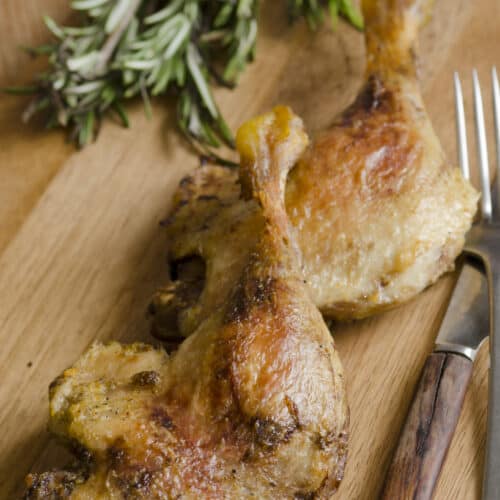
Sous Vide Duck Legs
Equipment
Ingredients
- 4 Duck Legs
- 2 tsp Salt
- 1 tsp Black Pepper
- 1 tsp Garlic Powder
Instructions
- Add water to a large pot or sous vide container that is large enough to fully submerge the duck legs without spilling over. Set the immersion circulator to your desired temperature (see chart below).
- Pat the duck legs dry with a paper towel. Season the turkey legs with your desired dried seasonings.
- Place the seasoned duck legs in a vacuum-sealed bag making sure to get as much air out as possible before sealing. You can also use the water displacement method (see below).
- Submerge the vacuum-sealed bag of duck legs in the sous vide water bath. Clip the bag to the side of the pot or container making sure it doesn't touch the bottom or sides. Cook for the desired amount of time.
- When the duck legs are done cooking, remove them from the water bath and place them on a plate or cutting board. Allow them to rest for a few minutes before patting dry with a paper towel and using your favorite finishing method.
Notes
⏲️Best Time and Temperature To Sous Vide Duck Legs
The best time and temperature to sous vide duck legs will depend on how you like the texture of your meat. If you use a finishing method, you’ll want to cook at 165F. You can sous vide duck legs anywhere from 6 hours to 24 hours. You may need more cooking time if cooking the duck legs and thighs together. Use a kitchen thermometer to ensure your preferred temperature.- Medium – 150F for 8 hours (meat is moist and juicy and slightly pink)
- Medium Well – 165F for 8 hours (moist and tender meat that’s perfect for finishing)
- Well Done – 170F for 8 hours (similar to the texture of roasted chicken or turkey)
🔥Finishing
There are 3 ways to finish your duck legs after it has been cooked sous vide to get crispy skin. Remember that duck legs can be extremely delicate after cooking with all of its moisture so handle your duck carefully to prevent it from breaking.- Broiling – Place duck legs on a greased baking sheet and broil for about three minutes per side or until crisp and slightly charred.
- Air Fryer – Place duck legs in the air fryer and cook at 400F for about five minutes or until crisp.
- Cast Iron Skillet – Place duck legs in a heavy-bottomed skillet with a bit of oil over medium-high heat. Cook for about two minutes per side or until crisp and slightly charred.
